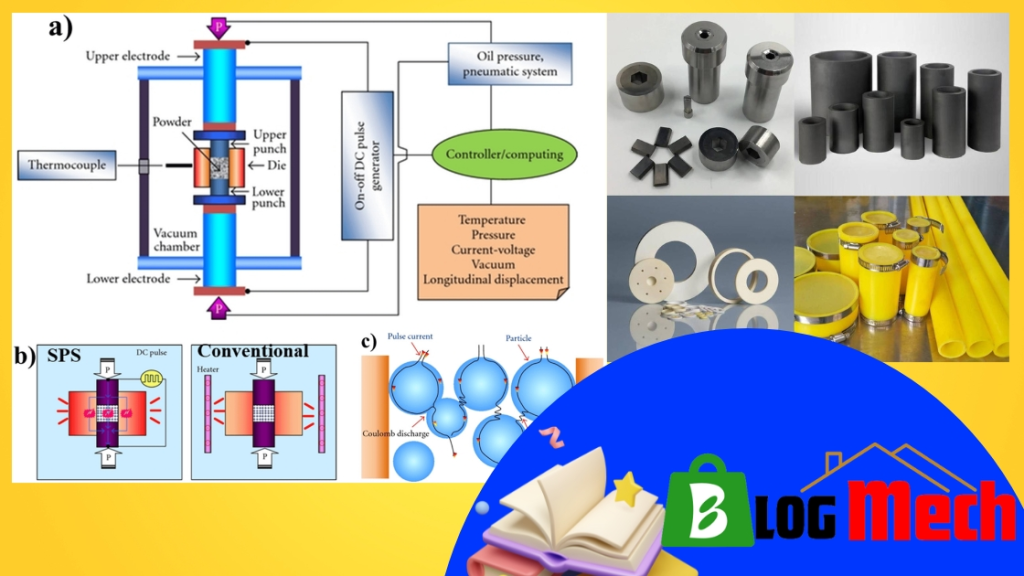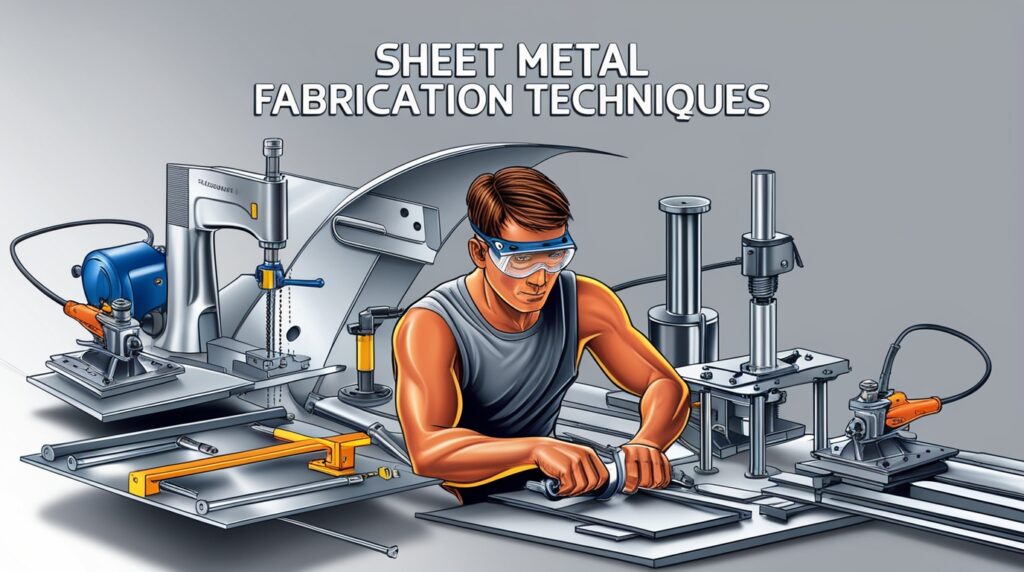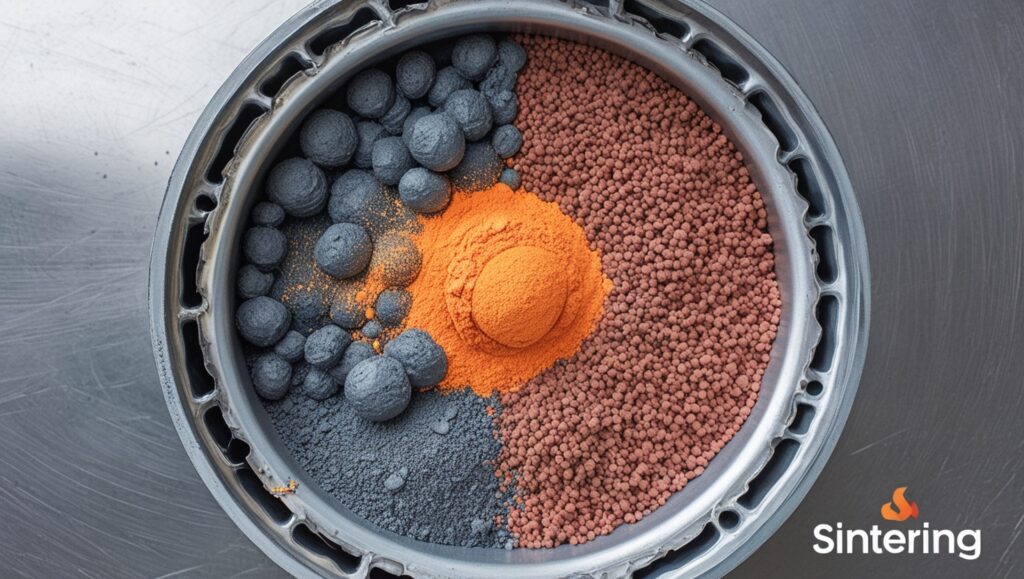
Introduction
Powder compaction is a crucial process in modern manufacturing, enabling the production of complex, high-precision parts from metal powders. This technique has revolutionized industries ranging from automotive to aerospace, offering unparalleled advantages in material efficiency, design flexibility, and cost-effectiveness. In this comprehensive guide, we’ll delve into the intricacies of powder compacting, exploring its applications, techniques, and the latest advancements in the field.
The Fundamentals of Powder Compaction
What is Powder Compaction?
Powder compacting, also known as powder metallurgy, is a sophisticated process that transforms loose powder materials into solid, densified forms. This technique leverages high pressure to bind particles together, creating cohesive structures with specific shapes and properties. The process is particularly valuable for materials that are difficult to mold or machine using traditional methods.

The Science Behind the Process
At its core, powder compaction relies on the principle of particle rearrangement and deformation. When pressure is applied, particles first rearrange themselves to fill voids. As pressure increases, they begin to deform plastically, creating strong interparticle bonds. This microscopic dance of particles results in a macroscopic transformation from powder to solid.
The Powder Compacting Process
- Powder preparation
- Filling the die cavity
- Compaction
- Ejection
- Sintering
Applications of Powder Compaction Across Industries
Automotive Sector
In the automotive industry, powder compaction has revolutionized the production of engine components, gears, and bearings. These parts require high precision and durability, which powder compaction delivers with remarkable consistency. For instance, transmission gears made through this process exhibit superior wear resistance and reduced noise levels.
Aerospace Engineering
The aerospace sector leverages powder compaction to create lightweight yet strong components. Turbine blades, for example, benefit from the ability to produce complex geometries with materials like titanium alloys. This results in parts that can withstand extreme temperatures and stresses while maintaining optimal performance.
Medical Devices
Powder compaction plays a crucial role in manufacturing medical implants and surgical tools. The process allows for the creation of porous structures that promote osseointegration in orthopedic implants. Moreover, it enables the production of high-precision dental components with excellent biocompatibility.

Advantages of Powder Compaction
- Material Efficiency: Powder compaction minimizes material waste, making it an eco-friendly option for manufacturers.
- Design Flexibility: Complex shapes and intricate details can be achieved, often impossible with traditional manufacturing methods.
- Consistent Quality: The process ensures uniform density and properties throughout the component, leading to reliable performance.
- Cost-Effectiveness: For high-volume production, powder compaction often proves more economical than alternative methods.
- Tailored Properties: By adjusting compaction parameters, engineers can fine-tune material properties to meet specific requirements.
Advanced Techniques in Powder Compacting
Hot Isostatic Pressing (HIP)
HIP combines high pressure and elevated temperatures to produce fully dense parts with superior mechanical properties. This technique is particularly useful for aerospace and medical applications where high performance is critical.
Warm Compaction
Warm compaction involves heating the powder and tooling to temperatures between 130°C and 150°C during the compaction process. This technique results in higher green density and improved mechanical properties of the final product.
Metal Injection Molding (MIM)
MIM combines the principles of plastic injection molding with powder metallurgy, allowing for the production of small, complex parts in high volumes. This process is particularly advantageous for intricate components in the automotive and consumer electronics industries.
Tool Materials for Powder Compacting
The choice of tool materials is crucial for the efficiency and longevity of the powder compacting process. Some key considerations include:
Carbide Tools
Carbide tools offer exceptional wear resistance and are suitable for high-volume production. They maintain their dimensional stability over extended periods, ensuring consistent part quality.
High-Speed Steel (HSS) Tools
HSS tools provide a balance between durability and cost-effectiveness. They are particularly useful for medium-volume production runs and can be easily machined to create complex geometries.
Advanced Ceramic Tools
Ceramic tools, such as those made from silicon nitride or alumina, offer excellent wear resistance and thermal stability. They are particularly useful in applications involving abrasive powders or high-temperature compaction processes.
Challenges and Innovations in Powder Compaction
Overcoming Density Variations
One of the persistent challenges in powder compaction is achieving uniform density throughout the component. Innovations in die design and pressure distribution techniques are addressing this issue. For example, the development of multi-axial compaction systems allows for more precise control over density gradients.
Solution: Implement multi-level compaction techniques and optimize powder distribution through advanced die design and fill systems.
Advanced Simulation Tools
Modern powder compaction processes benefit from sophisticated simulation software. These tools predict material behavior during compaction, allowing engineers to optimize parameters before physical production begins. This not only saves time but also reduces material waste and improves final product quality.
Nanoscale Compaction
Pushing the boundaries of material science, researchers are exploring powder compaction at the nanoscale. This frontier promises materials with unprecedented properties, such as ultra-high strength or novel electronic characteristics. While still in its early stages, nanoscale compaction could revolutionize fields like energy storage and quantum computing.
Tool Wear
Challenge: High-pressure compaction can lead to rapid tool wear, affecting part quality and production efficiency.
Solution: Utilize advanced tool materials and coatings, such as diamond-like carbon (DLC) coatings, to extend tool life and maintain dimensional accuracy.
Green Strength
Challenge: Maintaining the structural integrity of compacted parts before sintering (green strength) can be challenging, especially for complex or delicate components.
Solution: Employ binders and lubricants optimized for specific powder compositions and explore advanced compaction techniques like warm compaction to improve green strength.
The Future of Powder Compaction
As we look ahead, powder compaction is poised to play an even more significant role in advanced manufacturing. Here are some exciting developments on the horizon:
- Integration with Additive Manufacturing: Combining powder compaction with 3D printing technologies could lead to hybrid manufacturing processes that offer the best of both worlds.
- Smart Materials: The ability to incorporate sensors or responsive elements during the compaction process could result in smart components that can self-diagnose wear or damage.
- Sustainable Practices: Research into biodegradable powders and energy-efficient compaction methods aligns with the growing focus on sustainability in engineering.

Conclusion
Powder compaction has emerged as a cornerstone technology in modern mechanical engineering, offering unparalleled advantages in material processing and product design. Its ability to create complex, high-performance components with minimal waste positions it as a key player in the future of manufacturing. As innovations continue to push the boundaries of what’s possible, powder compaction will undoubtedly remain at the forefront of material science and engineering advancements.
By embracing this technology and staying abreast of its developments, engineers and manufacturers can unlock new possibilities in product design and performance. The journey of powder compaction from a niche technique to a transformative force in industry serves as a testament to the power of innovation in mechanical engineering.



